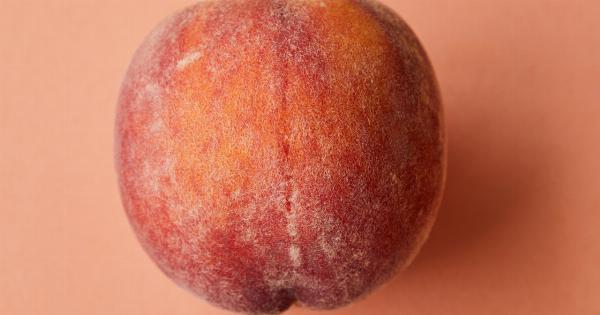Pregnancy is one of the most crucial stages in a woman’s life where she has to take care of herself as well as her unborn child. It is essential to consume a healthy diet and avoid exposure to harmful toxins during pregnancy.
Pesticides are one such toxin that can have an adverse impact on the health of both mother and child. This article focuses on the impact of pesticides used in food during pregnancy on the risk of child cancer.
What Are Pesticides?
Pesticides are chemicals that are used to kill or control pests such as insects, weeds, fungi, and rodents. They are commonly used in agriculture, landscaping, and households.
Pesticides can enter into the human body through ingestion, inhalation, or contact with the skin. They can cause various health effects such as skin irritation, respiratory problems, and cancer.
Pesticides in Food
Food is the primary source through which pesticides enter the human body. Pesticides are commonly used in farming to protect crops from pests. They may also be used in storing and transporting food.
Pesticides can remain on the surface of fruits and vegetables even after washing or peeling. This is because some pesticides penetrate the skin of the fruit or vegetable, making it difficult to remove them completely.
Impact of Pesticides on Pregnancy
Pesticides can have an adverse impact on pregnancy. Exposure to pesticides during pregnancy can cause preterm birth, low birth weight, birth defects, and cognitive development problems in the child.
Pesticides can also affect the health of the mother by causing respiratory problems, skin irritation, and hormonal imbalances.
Childhood Cancer
Cancer is a deadly disease that can affect people of all ages. Childhood cancer is particularly devastating, as it affects the vulnerable population that is still developing physically and emotionally.
Childhood cancer can occur in various parts of the body such as the blood, brain, bones, and muscles.
Link between Pesticides and Childhood Cancer
Several studies have shown a link between pesticides exposure during pregnancy and childhood cancer. The chemicals in pesticides can cross the placental barrier and affect the developing fetus.
Exposure to pesticides during pregnancy has been linked to an increased risk of childhood leukemia, lymphoma, and brain tumors. A study conducted in California found that children born to mothers who lived within a mile of agricultural fields had a higher risk of developing leukemia and brain tumors.
Reducing the Risk of Pesticides Exposure
It is essential to take steps to reduce the risk of pesticides exposure during pregnancy to protect the health of the mother and child. The following are some of the steps that can be taken.
- Consuming organic food that is free from pesticides.
- Washing fruits and vegetables thoroughly before consuming.
- Avoiding exposure to pesticides in agriculture or landscaping work.
- Avoiding the use of pesticides in the household.
Conclusion
Exposure to pesticides during pregnancy can have an adverse impact on the health of both the mother and child. The chemicals in pesticides can increase the risk of childhood cancer and other health problems.
It is essential to take steps to reduce the risk of pesticides exposure during pregnancy by consuming organic food, washing fruits and vegetables thoroughly, and avoiding exposure to pesticides in agriculture and households.




























